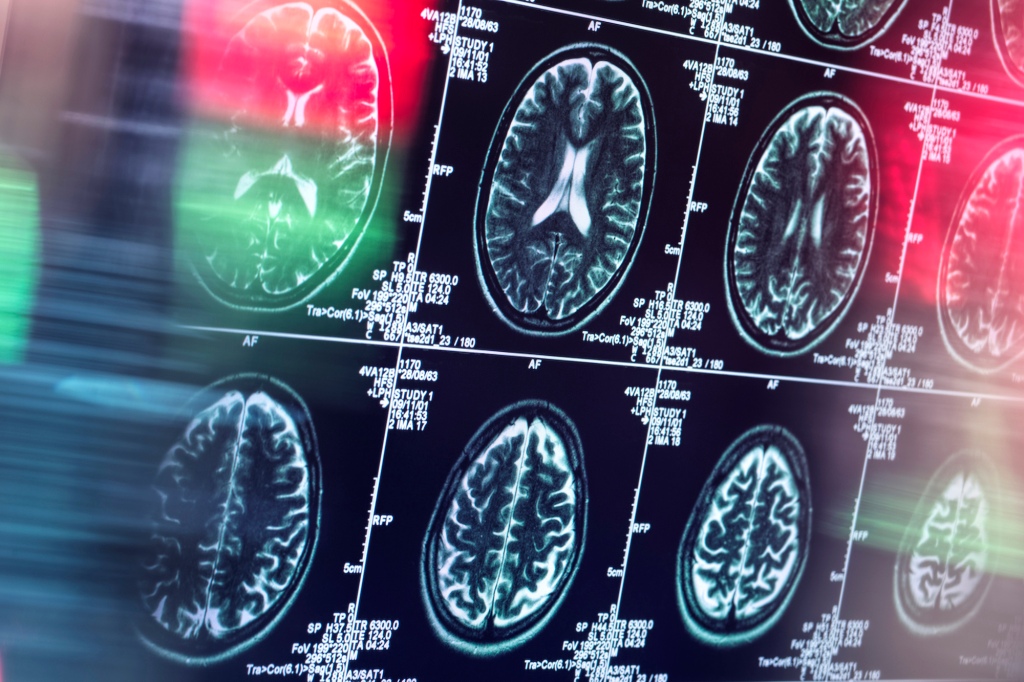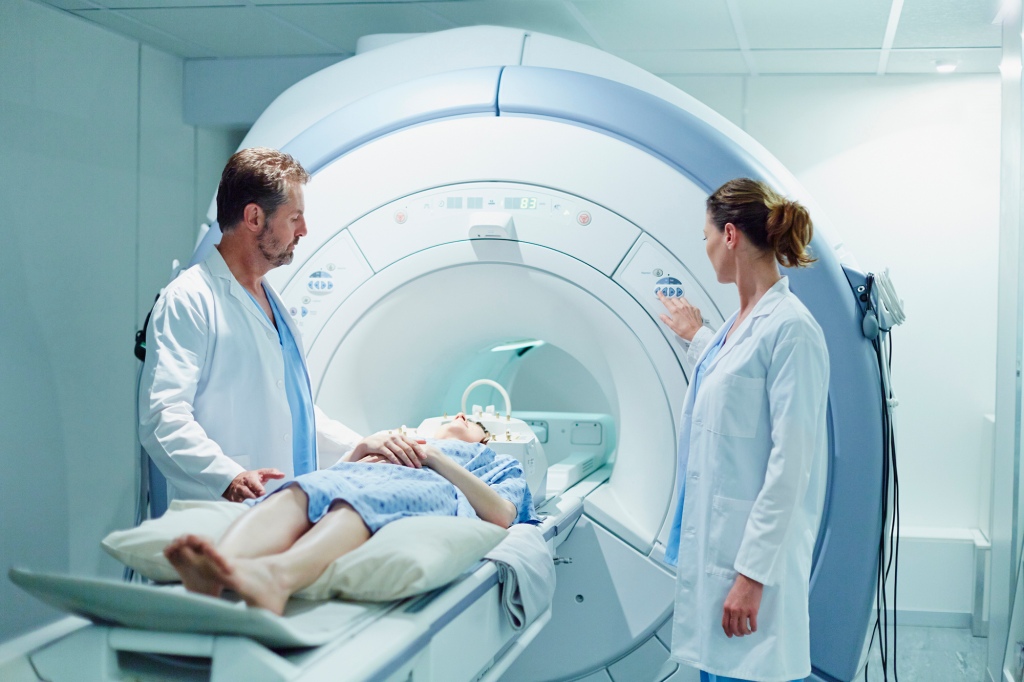What to know after Bruce Willis’ diagnosis
Bruce Willis’ ex-wife Demi Moore revealed Thursday on Instagram that the retired actor has been diagnosed with frontotemporal dementia.
In the spring of 2022, Moore shared that the 67-year-old father-of-five was first diagnosed with aphasia — a brain disorder that affects his ability to communicate.
She stated in Thursday’s update that the “Unbreakable” star now has a clearer diagnosis, frontotemporal dementia (FTD), which unfortunately means that “challenges with communication are just one symptom of the disease Bruce faces.”
While Moore did not go on to describe specifically Willis’ battles, Dr. Allison Reiss of the NYU Long Island School of Medicine helped The Post better understand this under-researched disease.
Here’s what you should know about frontotemporal dementia:
What is frontotemporal dementia?
“FTD is actually a group of brain disorders that cause progressive degeneration of the neurons in the brain and, as the name suggests, affects primarily the frontal and temporal areas of the brain,” Reiss told The Post in an email. “It has a relatively young age of onset, most diagnosed between the ages of 45 and 64 years.”
The condition is diagnosed using a combination of brain scans and the doctor’s thorough research into the patient’s medical history, according to the Alzheimer’s Association.
There are three subtypes of frontotemporal dementia: behavioral variant frontotemporal dementia (bvFTD), primary progressive aphasia (PPA), and some movement disorders, according to the National Institute of Aging.
Willis’ family has not specified from which type he’s suffering.
What are the symptoms of FTD?
People with FTD have relatively fewer memory problems compared to other forms of dementia, Reiss wrote. However, like other dementia-related diseases, they could exhibit emotional outbursts, poor manners and excessive familiarity with strangers, or go on to show suffer muscular dysfunction.
Reiss said symptoms of FTD differ depending on the type.
Symptoms of bvFTD include “changes in behavior, deterioration of personality, executive and social cognition. Also social disinhibition, apathy, reduced sympathy and empathy, poor judgment, altered food preferences, and repetitive behavior.”

Those with the semantic variant, PPA, have a hard time with naming and listening comprehension skills. Some may take a lot of effort to speak and do not speak fluently. They can use poor grammar and have a difficult time comprehending complex sentences. “Over time, they lose the meaning of words and lose the ability to remember what a familiar object is or how to use it. They may substitute close words or replace a word they have lost with ‘that thing’ or ‘the you know,’” Reiss explained.
Those with PPA may, too, go on to show “at least some” of the behavioral problems seen in bvFTD.
In the later stages of the disease, patients may experience muscle rigidity and weakness, poor balance, trouble swallowing and twitches. Some may go on to develop symtpoms much like that of amyotrophic lateral sclerosis (ALS) and lose the ability to move their musicles. Those with advanced FTD are unable to care for themselves, and will eventually become wheelchair-bound or bedridden.

What causes FTD?
The cause of FTD is unknown in most cases, according to the National Institute of Aging. However, the Alzheimer’s Association estimates that a third of all cases are inherited.
“This is unknown except in some rare inherited cases related to specific gene
mutations. More research is needed,” Reiss told The Post.
Can it be treated?
FTD cannot be cured, but there are therapies and drug treatments to improve the patient’s quality of life — to reduce the agitation, irritability and depression that come with a terminal disease, according to the Alzheimer’s Association.
Unfortunately, there are no specific medications to help stave off the physiological damage caused by FTD and its subtypes.
How is it different from aphasia?
Aphasia refers to “difficulty speaking, usually because of damage to specific areas of the brain,” and can be associated with diseases other than FTD, Reiss clarified. “It has numerous causes,” she continued, including stroke, head trauma or infection. Aphasia itself does not spell the “inevitable loss of functioning and ability to care for oneself” — but it’s underlying causes might.

How is it different from Alzheimer’s?
People with early Alzheimer’s disease will experience more prominent memory loss than someone with FTD, whereas FTD causes more behavioral and language changes, according to the Alzheimer’s Association. However, people with advanced FTD can experience memory loss on top of those effects later on.
Alzheimer’s is usually diagnosed in older patients whereas people with FTD are usually diagnosed in their 40s and early 60s.
Someone with Alzheimer’s are also more likely to, for example, forget where they are, struggle to find the word they’re looking for or forget a name. Meanwhile, someone with FTD will be ineffecive at forming logical statements, understanding others in conversation, and reading, according to the association.
Patients may also go on to be diagnosed with both FTD and Alzheimer’s, as well as other forms of dementia.
“FTD and Alzheimer’s all end similarly with language and behavior profoundly affected and memory dramatically reduced as well,” Reiss added. “Twenty-four-hour care may be necessary. Death may occur as a result of infections such as pneumonia.”
Read the full article Here


